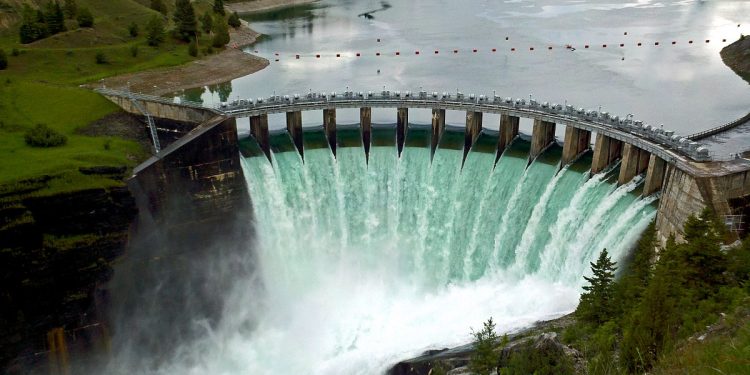Debasish Mohanty
Dams are considered vital for the economic and energy growth of any country. These massive structures must be handled with intense care. These are durable assets that provide a range of economic, environmental and social benefits, including irrigation, flood control, water supply, hydroelectricity, waste management, river navigation, recreation and habitat for wildlife. In many countries, reservoirs form not just visual backdrops for the surrounding development but also prime avenues for leisure and commerce.
The demand for water is increasing exponentially throughout the world. And water resources management has started shifting from being just a subject of engineering to other directions namely law, economics, legislation and social activism, among others, as nature and society are deeply intertwined.
Globally, India is ranked third after China and the United States in terms of the number of large dams. About 80 per cent of these large dams are extremely old, and the rehabilitation of these need special effort to ensure long-term structural safety
Water resources management practices around the world are now being challenged by serious Issues. Changes in climate and land use, and conflicting interests of stakeholders with diverse needs are being recognised increasingly. Water being a scarce commodity, the storage and safety of reservoirs and dams must be addressed carefully so that the available water is utilised well to meet socio–economic demands.
Construction of dams and their safety must be taken up simultaneously to ensure health of these reservoirs. The safety of a dam depends primarily on ensuring safe design, planning, construction, operation and maintenance. Rivers teach us that nothing is static and the most permanent creations can be washed away. Horrifying episodes, such as the failure of a dam, can remain in memory for long.
In 1975, the failure of a dam in China caused more casualties than any other such incident in history. Lakhs of people were killed and millions lost their homes. The collapse of the Machu dam in Gujarat in 1979, which took many lives, is still fresh in the memory of Indians. A recent dam collapse in Brazil killed hundreds of people. The International Commission on Large Dams (ICOLD) has recorded that about 200 significant failures of large dams had happened till 1965.
The importance of dam safety has been borne out by the Dam Safety Bill introduced in Parliament recently. The Bill provides for “surveillance, inspection, operation and maintenance of specified dams for prevention of Dam failure related disasters and to provide for institutional mechanism to ensure their safe functioning”.
Globally, India is ranked third after China and the United States in terms of the number of large dams. About 80 per cent of these large dams are extremely old, and the rehabilitation of these need special effort to ensure long-term structural safety. Routine deformation monitoring by dam owners is essential in the interests of structures and in the interest of the public as any failure would be devastating. The dam authority needs to be ready to combat mishaps if any. An Emergency Action Plan (EAP) and periodical mock drills are needed in the interest of dam safety.
At present, the World Bank is assisting DRIP, a central government project to strengthen old, distressed dams with technical support to improve their structural safety and operational efficiency. Odisha is also availing this opportunity and a number of dams have been taken up for strengthening and creation of new spillways as at the Hirakud Dam, which is essential with respect to its flood-controlling capacity.
Dam safety has been a sensitive issue in the light of existing challenges; but there is a clear need to redefine the scope of academic curriculum and to provide certified, specialised training on dam safety for both habitat and non-habitat structures.
Technical knowledge and public awareness must be cemented together to prevent failure of dams and reservoirs instead of merely accusing their faulty construction for such failures.
The writer is former engineer in-chief, water resources, Odisha.






































